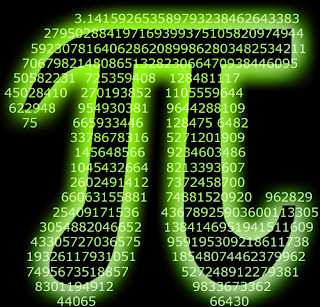

Pi has been known for almost 4000 years- but even if we calculate the number of seconds in those 4000 years and calculate pi to that number of places, we would still be approximating its actual value. It is very much rational to talk about this irrational number , which means its value cannot be expressed as a fraction m/n, where m and n are integers. Consequently , its decimal representation never ends or repeats . It is also a transcendental number number, which implies, among other things, that no finite sequence of algebraic operations on integers (powers, roots ,sums, etc. ) can be equal to its value.
Throughout the history of mathematics , there have been many efforts to determine Pi more accurately and understand its nature; fascination with the number has even carried over into non-mathematical culture. Pi was introduced by William Jones in 1706, use of Pi was popularized by Euler in 1737.
From them many have tried to find out the approximate the value of Pi, Babylonians(2000 BC), Egyptians (2000 BC) , Plotemy (200AD), Aryabhatta (500 AD) , Fibonacci ( 1220 AD) , Ferguson (1947), IBM 7090 (1961), David h. Bailey( 1986) , to even 29,360,111 decimal places.
Many countries celebrate pi day and Pi approximation day to commemorate the significance of the value of Pi. Pi day is celebrated on March 14. pi approximation day is observed on July 22. The first Pi day was held at San Francisco in 1988.
In India , However efforts to celebrate Pi Day are rarely seen.





